Tradition or Transformation?
Members’ clubs are, by definition, exclusive. How, then, can they promote diversity – and should they even try? Viviane Paxinos and James Price offer contrasting viewpoints.
Members’ clubs have long been a hallmark of exclusivity and tradition, offering a sanctuary for like-minded individuals to connect and thrive. However, the rise of Diversity, Equity, Accessibility and Inclusion (DEAI) initiatives is reshaping these institutions, challenging them to balance tradition with modernity. Fox Quarterly explores two very distinct perspectives: James Price, former senior special adviser to the UK government, defends the traditional essence of members’ clubs, while Viviane Paxinos, CEO of AllBright, advocates for a reimagined approach built on inclusivity and empowerment.
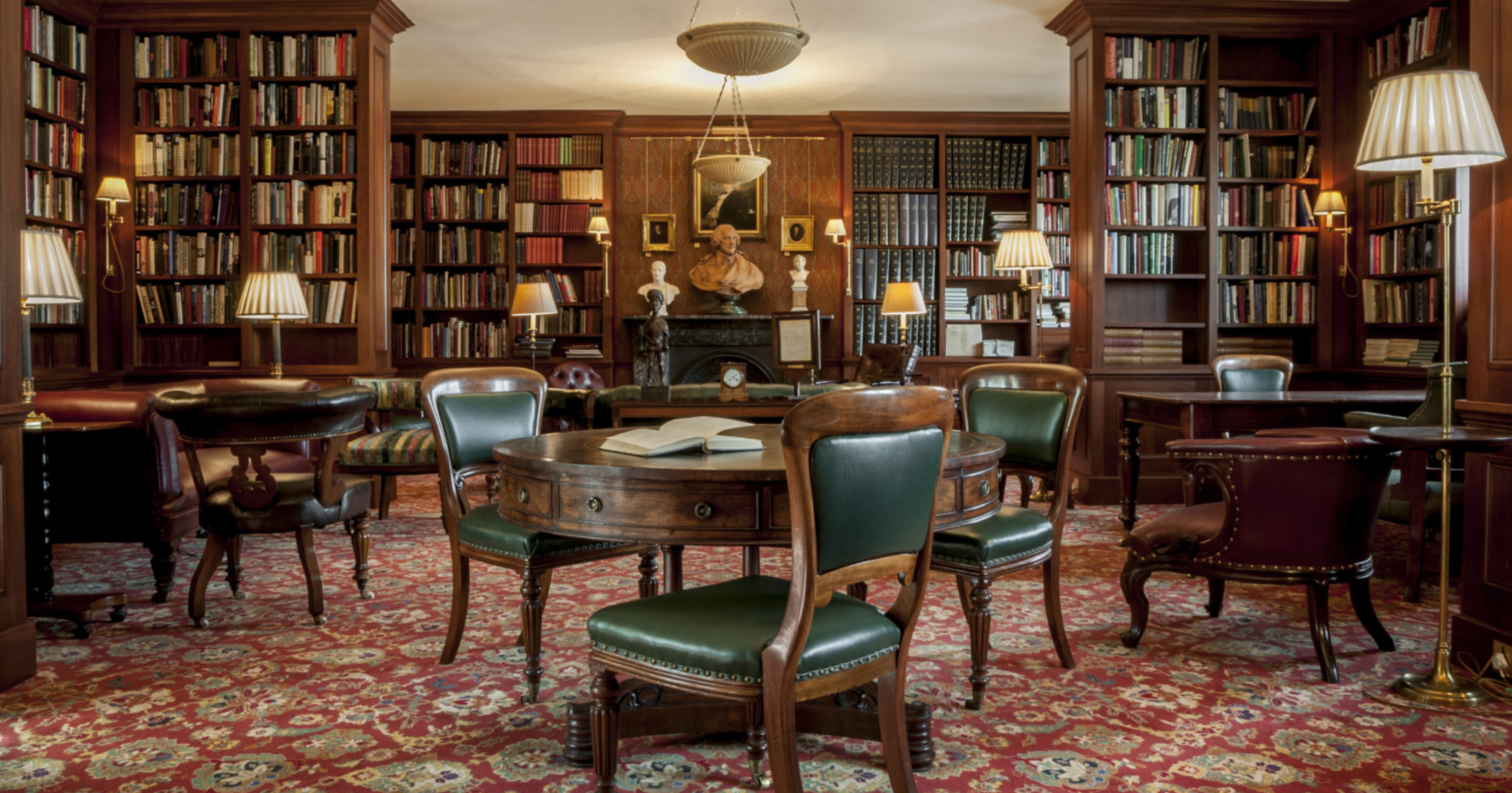
James Price: “If we are not free to choose with whom we associate, then we are not free at all”
“I refuse to join any club that would have me as a member”. That one incredible, albeit overused, quip of Groucho Marx’s sums up the frisson and the tension that exists within and without all private members clubs.
Whether it is the aristocratic gentleman’s clubs of St James’s and Pall Mall, the trendy upstarts of Soho House and 5 Hertford Street, or even the fictional No Homers Club of The Simpsons (Homer is disappointed to learn that Homer Glumplich is a member; “it says ‘no Homers’, we’re allowed to have one”) who’s in, and who’s out, is part of the point of these organisations.
This was long considered the status quo, and it was as common to see working men’s clubs or branches of the Women’s Institute guard their membership as it was White’s or Boodle’s. The Freemasons and others even have elaborate initiation rituals in order to ensure membership and attendance of their meetings is limited to the elect.
But now, the current tide of DEAI (Diversity, Equity, Accessibility and Inclusion) is washing up on the shores of ‘exclusive’ membership bodies, challenging their traditional models and prompting a re-evaluation of their core values. While some view these changes as a threat to tradition, others see them as a necessary evolution.
It is worth unboxing some of the underlying ideological priors that are inherent in the DEAI movement to understand what is going on here. Postmodernist theorists like French philosopher Michel Foucault recast traditional thinking about dynamics between individuals and groups, and based them around pure power, rather than reciprocity or common feeling. Everything became a contest between those with and without power; nothing else mattered in the postmodern analysis.
From this derive radical notions that a malign phenomenon like racism is not actually about discriminating against someone based on their race, but about the power imbalance between white and non-white people in the West. The same goes for relations between men and women. Whites and men (and especially white men) have power, whereas minorities and women (especially minority women), don’t. With that in mind, the theory goes, moral action must be about breaking down these power imbalances (the patriarchy, for example) and removing the privilege from these groups.
Applying this radical lens to private members clubs, which occasionally discriminate based on sex (though not for many, many decades on race), on whether you went to a particular university, or simply on whether you had people who could propose and second your application, and it becomes clear why some have become targets for boycotts and campaigns by devotees of DEAI.
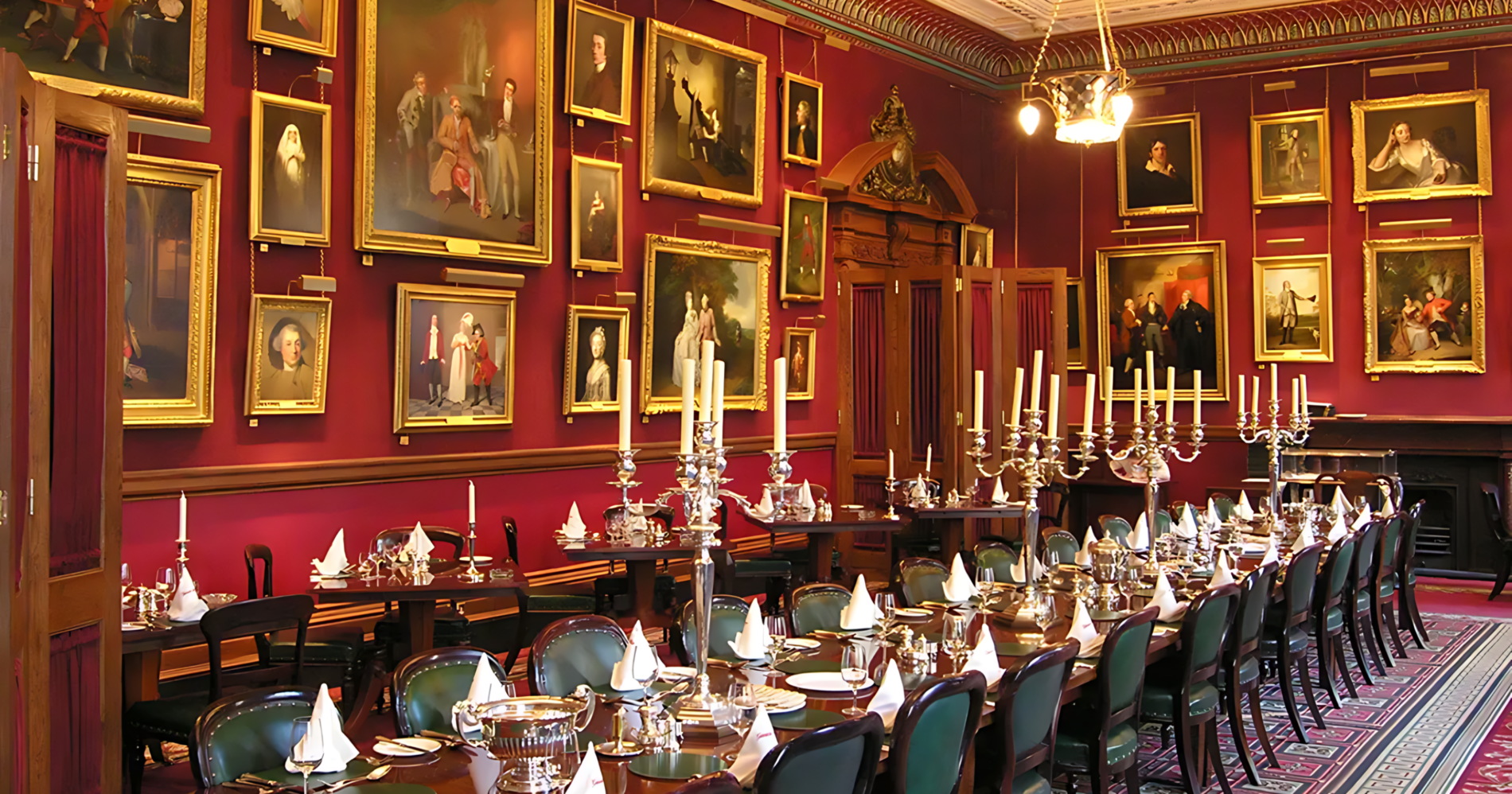
The most high-profile of these is the Garrick Club, a nearly 200-year-old institution for actors, musicians and other creative types. It allows women in as guests, but not members. After some years of pressure, it recently relented and agreed to consider women for membership for the first time. I am not a member of the Garrick, and from memory have only been once for a work breakfast, but I think this is a real pity. Not because I am a dinosaur who dislikes the company of women – far from it – but because of the trend it harbingers.
It is my contention that there is something more serious at stake here than just the membership of some posh clubs. There is the risk of erosion of a sacred right in the modern world, that of freedom of assembly. If we are not free to choose with whom we associate, then we are not free at all.
The way to successfully allow concepts like equality and inclusion to sit alongside freedom of association, as well as venerable old institutions, is to encourage or allow new institutions to grow, and to compete with them. If one friend wanted to go to the University Women’s Club, another to the male-only Buck’s, but the majority wanted to stick together and meet other fun men and women, then Robin Birley’s excellent 5 Hertford Street would win the day. And just as Bertie Wooster didn’t go to the Drones Club for some quiet contemplation, neither does a desiccated old viscount want to go to a boujee Soho House.
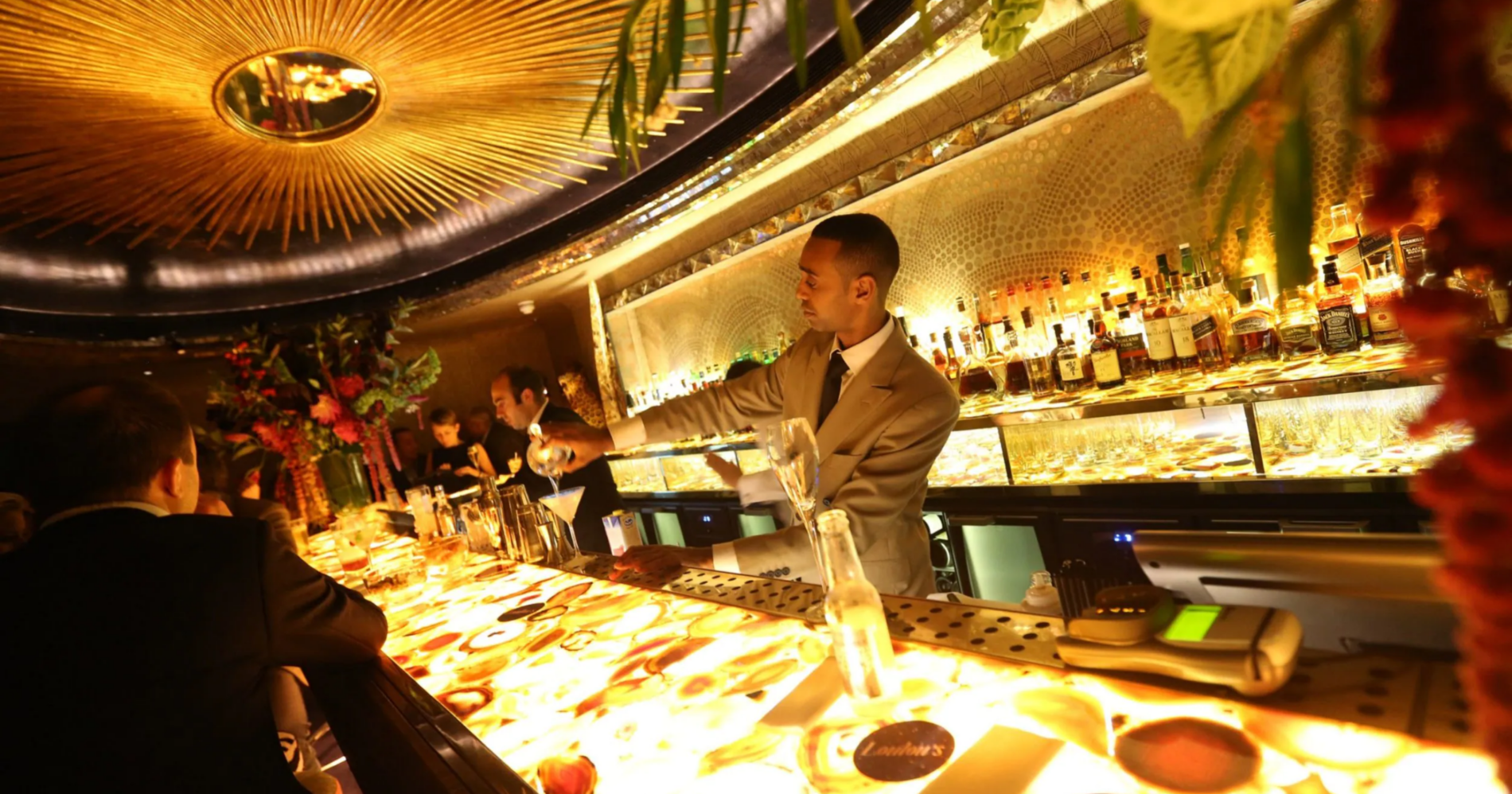
As Darwin knew, survival belonged not to the fittest but to those most adaptable to change. If those clubs which either embraced these changes, or evolved gradually towards them, outcompeted the older clubs, it would be a more powerful argument for the modernisers than by coercion.
One of the flaws with the postmodernist analysis (one of many, many flaws that I could name) is how anyone in the real world can intellectually reconcile the ideas that men wanting to occasionally associate exclusively together is bad, but women wanting to do this is good.
For most of us, we neither can nor should perform the kind of mental gymnastics to allow this, and the popularity of the University Women’s Club, AllBright, or the Trouble Club, not to mention the Greek sorority houses (my American better half is a Kappa Alpha Theta, whatever that means) must force us to conclude that freedom of assembly is a perfectly respectable desire still, after all.
To conclude, getting the right chemical admixture of members of a club is more of an art than a science at the best of times. There is magic in the balancing act between a club feeling too empty or too full, and crucially, having ‘the right people’. Much like beauty, what that mixture is sits firmly in the eye of the beholder.
I asked a businessman who is just getting into the members’ club scene for his take on this tension between inclusion and exclusivity, and he quoted Arthur Conan Doyle’s description of the Diogenes Club, the chosen haunt of Sherlock Holmes’ brother Mycroft: “It now contains the most unsociable and unclubbable men in town. No member is permitted to take the least notice of any other one”. Would you want to be a member of such a place? That is what we will end up with if the freedom of association is lost; clubs full of the sorts of people with whom you would never want to associate.
So, choose your club based on whom you would like to associate, and don’t be browbeaten by those who seek only to destroy these precious institutions. And if they try to join YOUR club; blackball them!
James Price is a consultant and former Government Senior Special Adviser, including stints as the Chief of Staff to the Chancellor of the Exchequer in HM Treasury, and Chief of Staff to the Chancellor of the Duchy of Lancaster in the Cabinet Office.
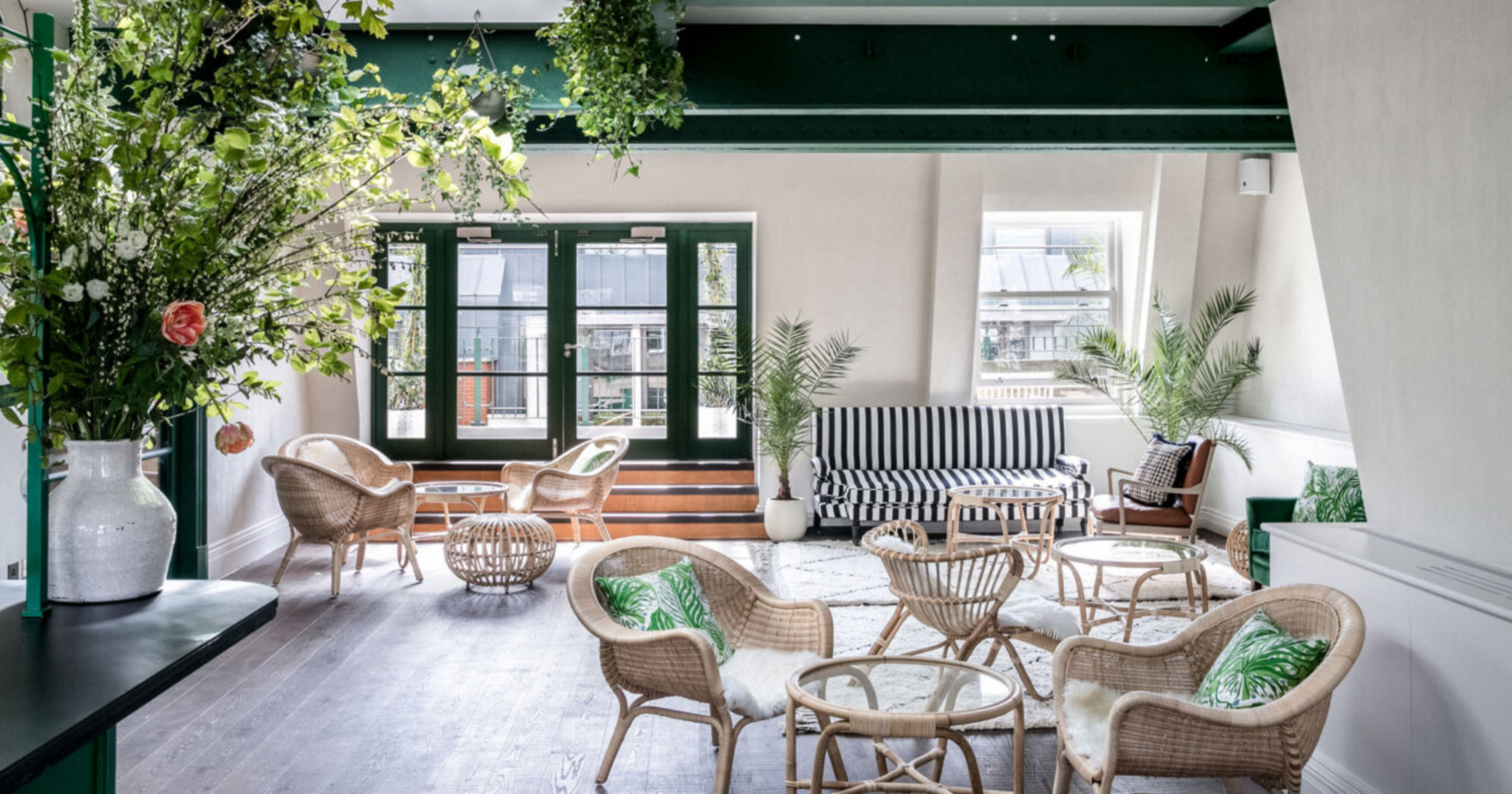
Viviane Paxinos: “The member’s club model has to be disrupted a little bit”
Private members’ clubs have long been bastions of exclusivity, shrouded in a mystique of social connections, educational pedigree and gender. Plush interiors and smoking rooms once painted the picture, catering primarily to a male clientele. However, a tide is turning. Driven in part by a growing focus on DEAI, these institutions are undergoing a significant transformation that is reshaping the very fabric of members’ clubs.
This shift transcends mere political correctness. It is a strategic move to reflect the richness of contemporary society. Embracing DEAI isn’t about dismantling traditions, but rather adapting to a changing landscape. Clubs like Soho House and the Groucho Club have made strides in recent years to diversify their memberships and programming. By embracing DEAI, these organisations open their doors to a wider range of experiences and perspectives, fostering a more vibrant and dynamic environment. Members clubs have an enduring allure to them and are positioned for continued growth. By 2027, the industry is projected to reach $25.8 billion, with an annual growth rate of 11.2 per cent. However, growth may hinge on the clubs’ ability to balance tradition with modernity, and DEAI sits at the heart of that equation.
At its core, DEAI is the understanding that traditional power dynamics must be addressed to create truly inclusive spaces for all. This shift is prompting private clubs to reassess their main values and practices. A prime example is the Garrick Club’s recent consideration of female members after years of external pressure, signifying a societal evolution. Such changes do not undermine a club’s prestige but rather enhance its adaptability and relevance in the modern era.
Leading this charge is AllBright, under CEO Viviane Paxinos. AllBright has evolved from a traditional members’ club into a dynamic professional association focused on empowering women. Paxinos defines AllBright’s mission thus: “We don’t see ourselves as a members club…our purpose is around advancing women in business.” This redefinition mirrors a broader societal push for inclusivity, highlighting the need for spaces that support and uplift underrepresented groups.
AllBright maintains a balance between accessibility and high-quality experiences by hosting monthly events open to non-members, ensuring a wider audience can engage with their initiatives. “We try to make these events really, really accessible,” Paxinos emphasises, noting efforts to hold significant events outside the physical club space to facilitate broader participation.
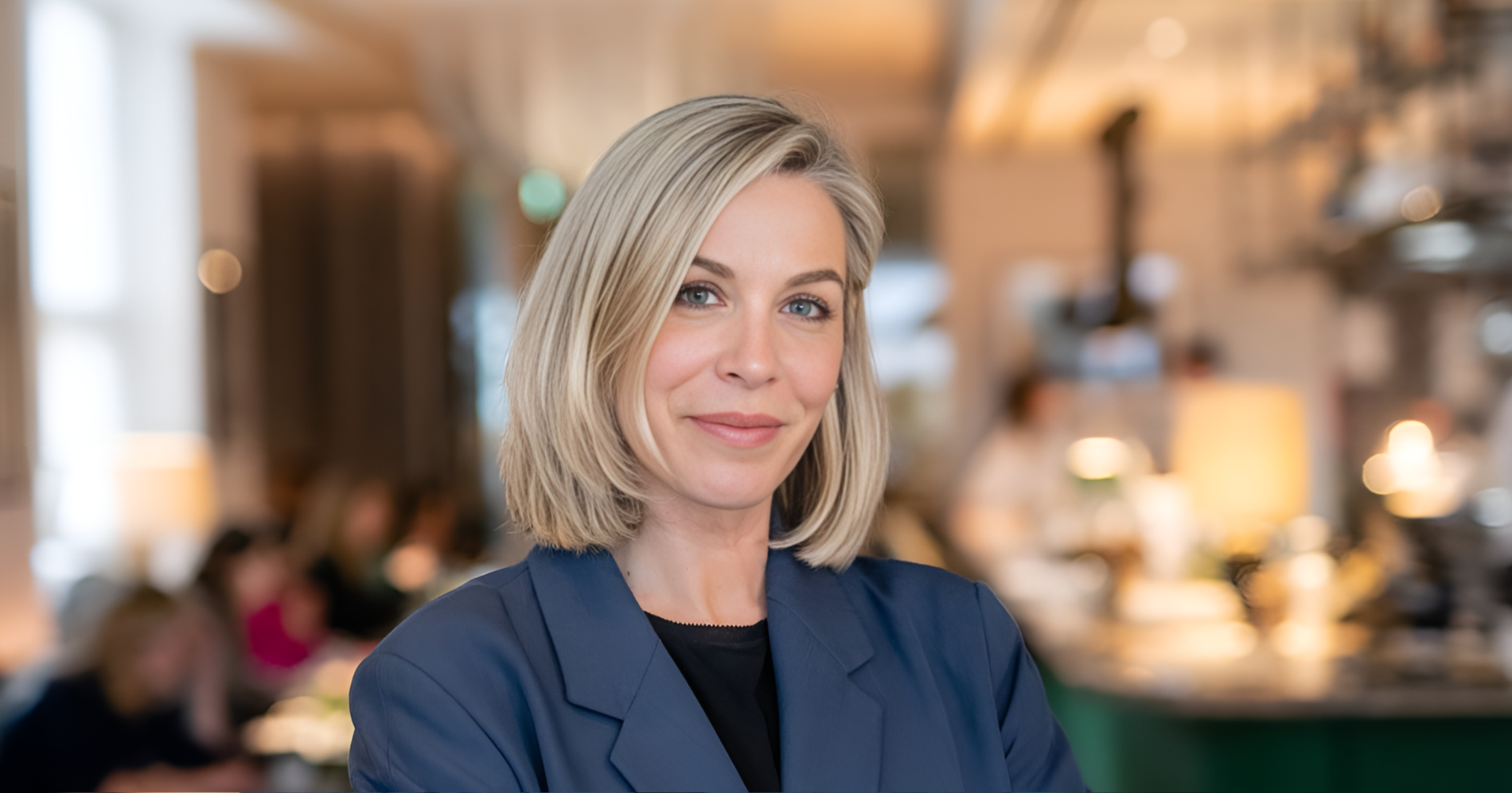
Additionally, AllBright’s inclusive approach welcomes men into its community, with 40 per cent of visitors being male. This strategy aims to foster an environment where gender inclusivity is the norm, broadening AllBright’s mission of promoting equality and mutual respect.
The tradition of exclusivity in members’ clubs has fostered a sense of belonging and camaraderie but it has also perpetuated social divides and exclusionary practices. AllBright champions a community-focused approach, diverging from traditional models. “I think the model has to be disrupted a little bit,” Viviane states, stressing that clubs emphasising community are the ones that are thriving in today’s post-pandemic world.
The challenge for many traditional clubs, however, lies in balancing their historical identity with modern inclusivity demands. How can accessibility be achieved without compromising quality? Paxinos asserts that it involves responsible leadership to reflect the diversity of the communities and cultures these institutions serve. “As a business leader, I have to reflect society,” she says, advocating for models offering various levels of access and exclusivity.
This willingness to engage in meaningful conversations about inclusivity and equity is a cornerstone of AllBright’s success. By embracing change and fostering open dialogue, AllBright adapts to its community’s evolving needs and continues to make a positive impact. “We need to understand where that’s coming from in order to move forward,” Paxinos notes, advocating for a nuanced understanding of DEAI initiatives. She believes these conversations are essential for driving positive change and ensuring these institutions remain relevant.
The rise of DEAI initiatives in private members’ clubs is not about eroding tradition but embracing evolution, Paxinos believes. By reevaluating core values, addressing power dynamics, and adapting to societal changes, these clubs can remain both relevant and prestigious. Inclusivity enriches the club experience, creating environments where diverse perspectives coalesce into something greater than the sum of their parts. “I agree with meritocracy, but that starts when we are all at an equal level playing field, and these initiatives are designed to get us all starting from the same place.”
Paxinos suggests that these conversations are crucial for driving positive change and ensuring organizations remain relevant. “We need to understand the nuances of DEI initiatives,” she says, advocating for a deeper understanding of these efforts. “In order to move forward, we need to grasp where they’re coming from.”
Viviane Paxinos CEO of AllBright leads a global collective of 500,000 ambitious women committed to creating a more equitable world for all. Formerly Global GM of UNiDAYS and has held senior roles for BBC Worldwide, Comcast and Discovery Inc.
Continue reading

